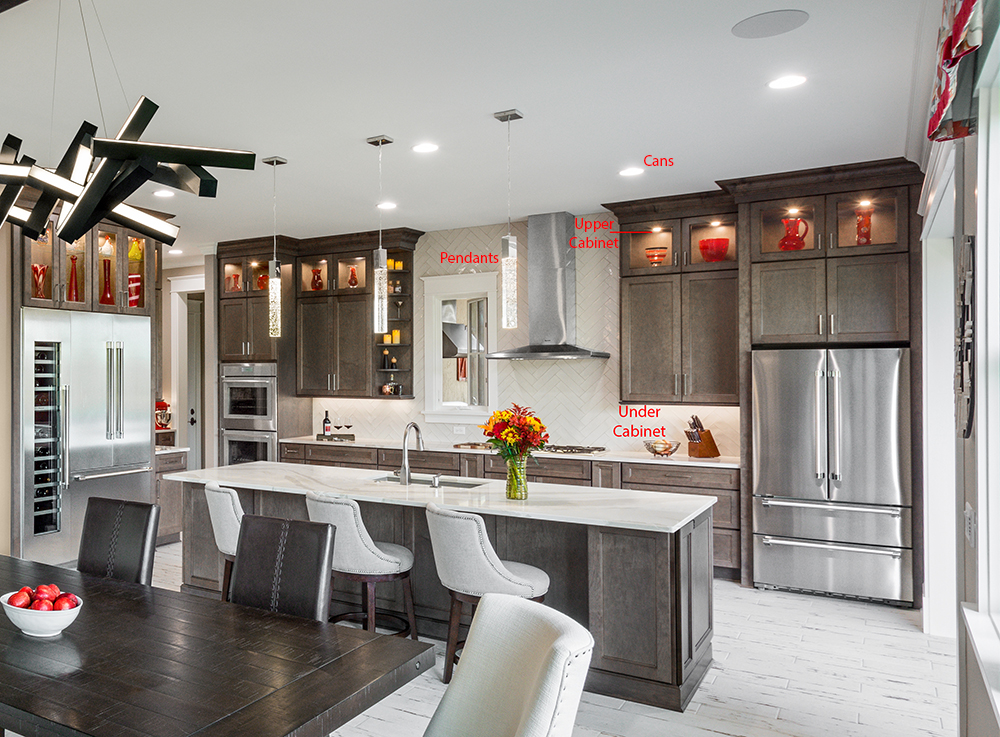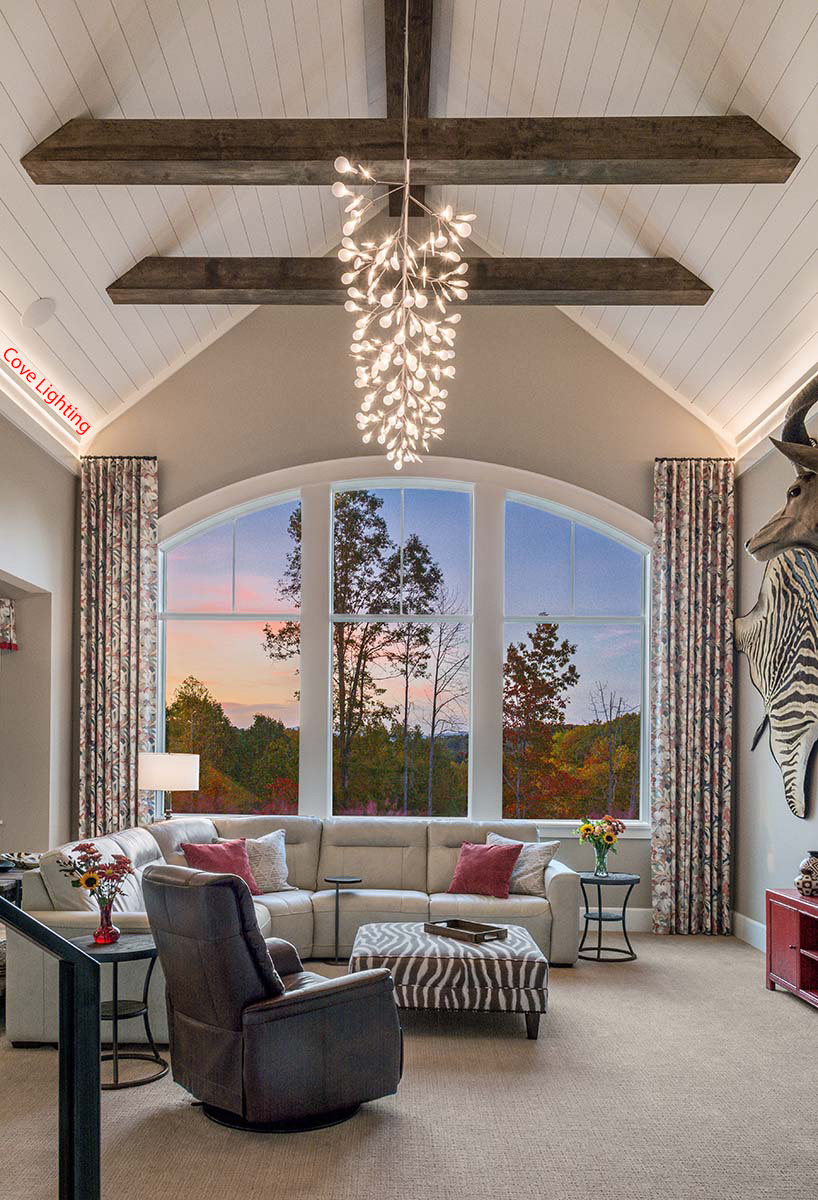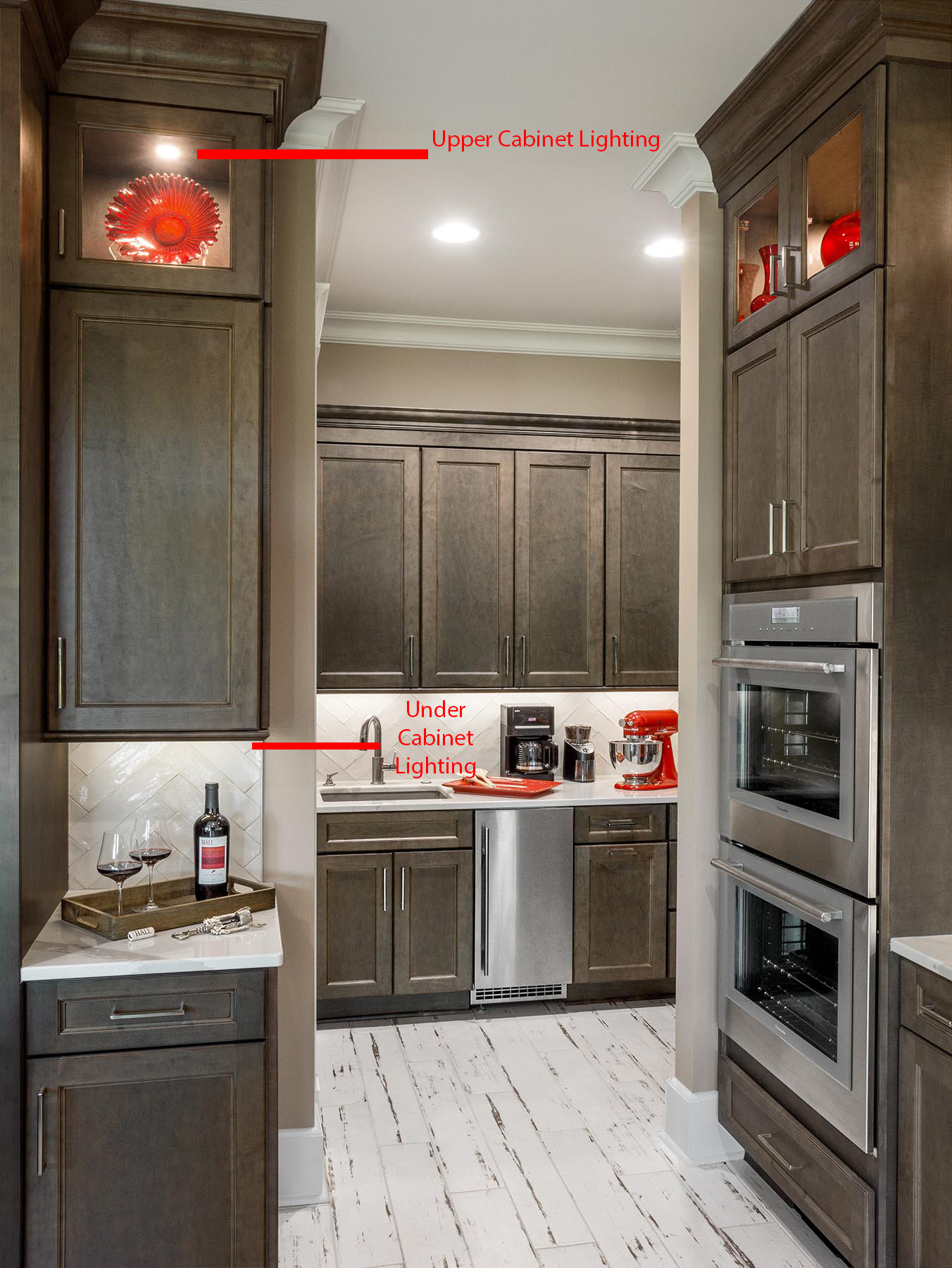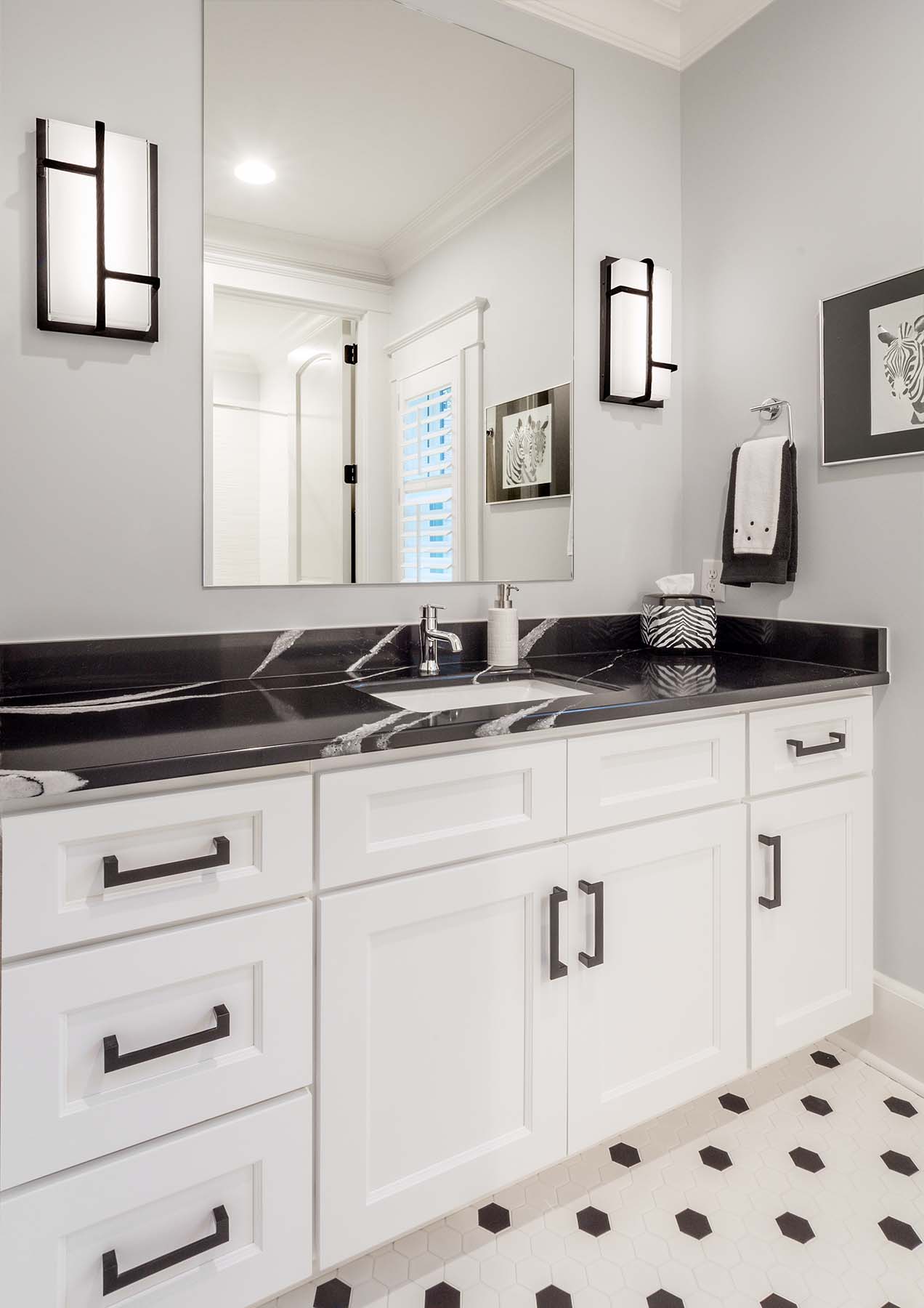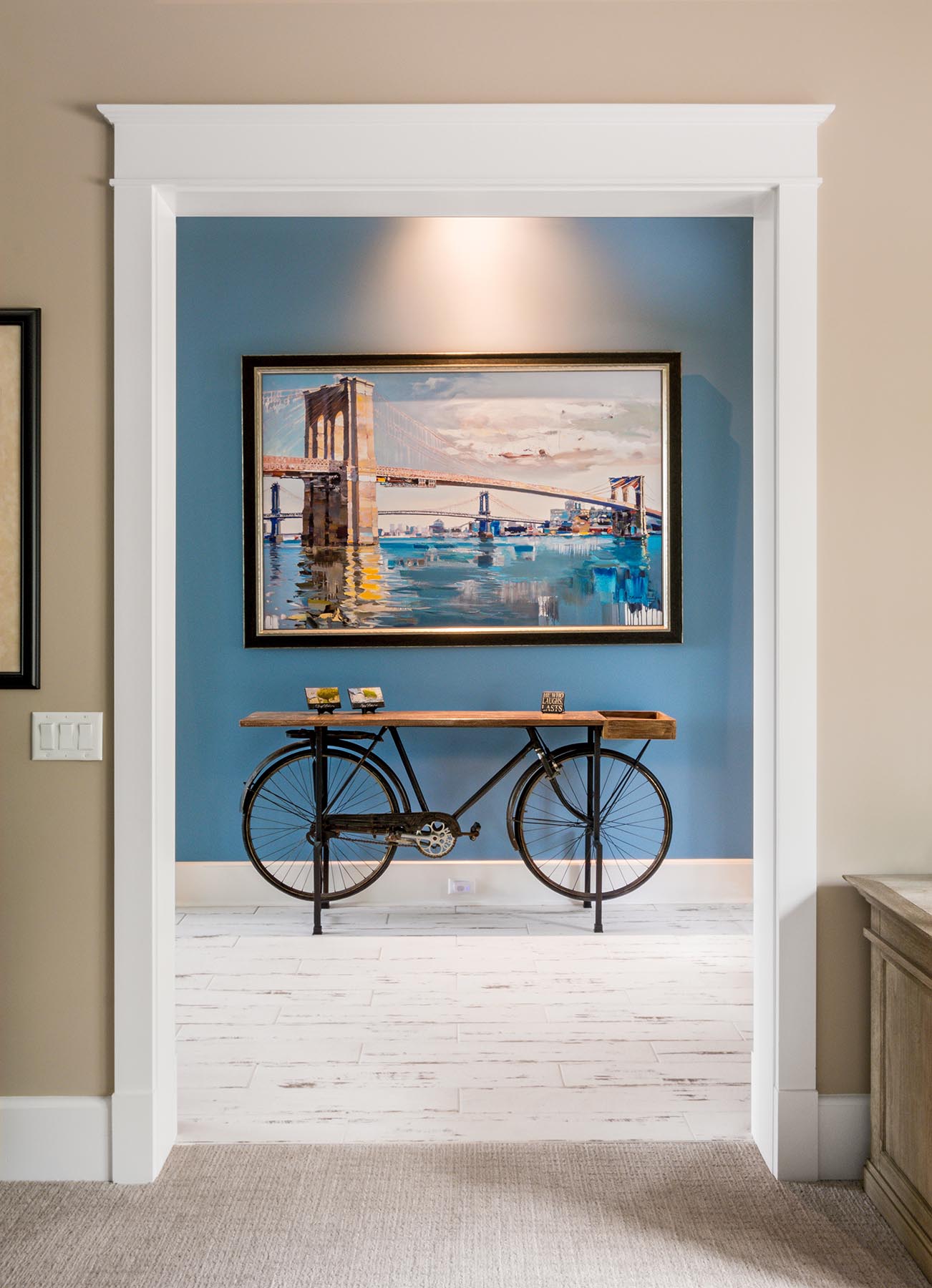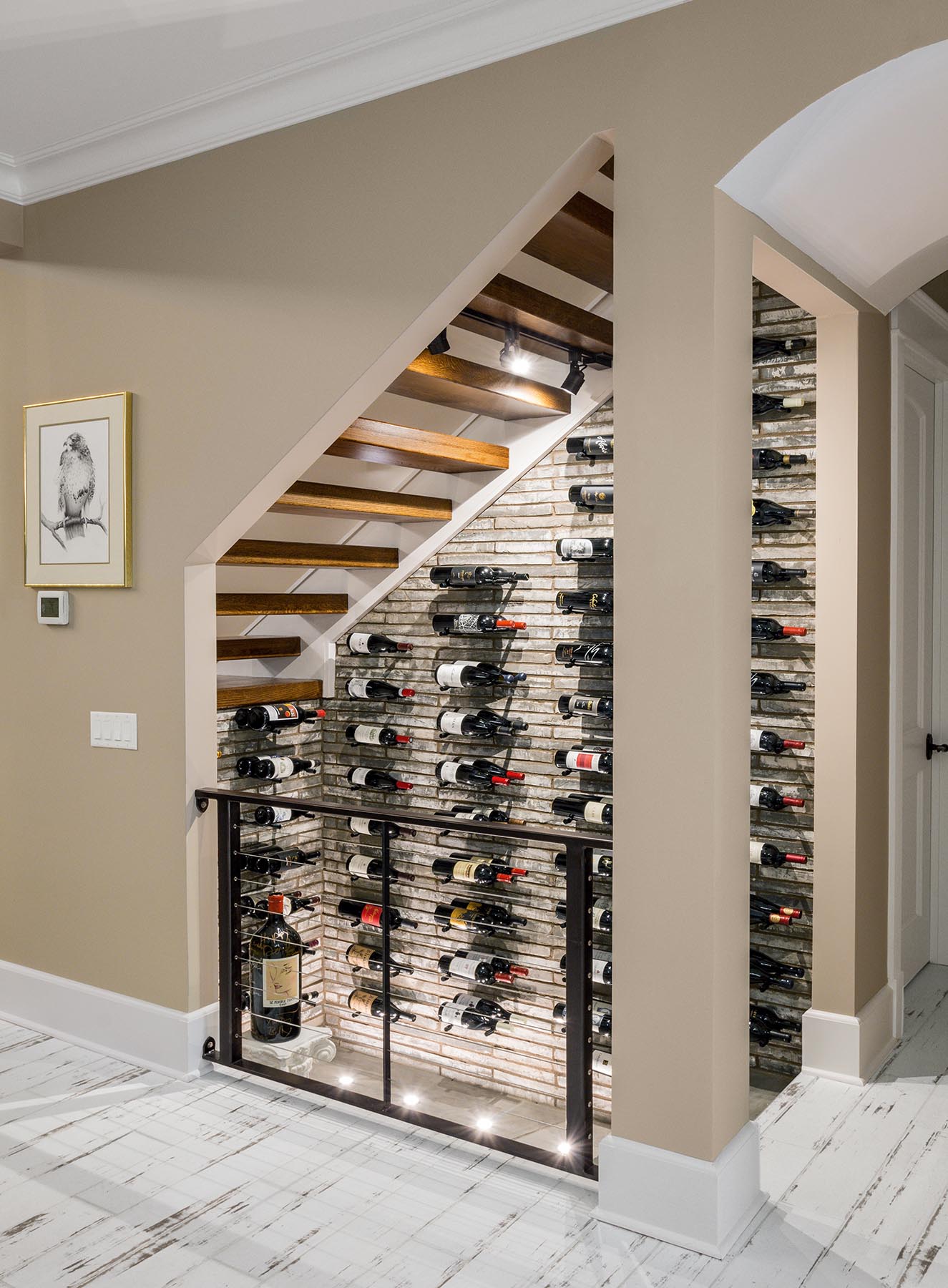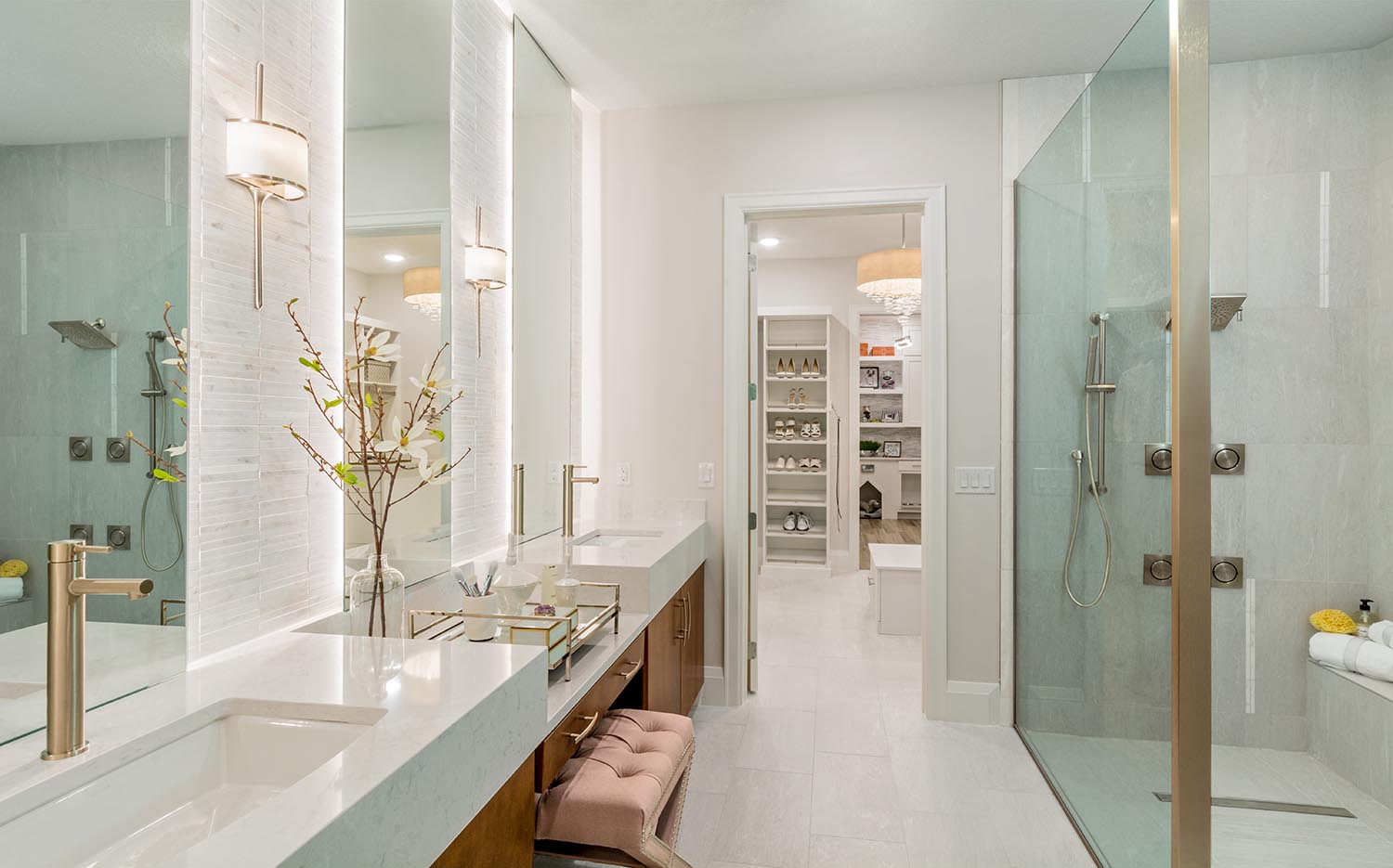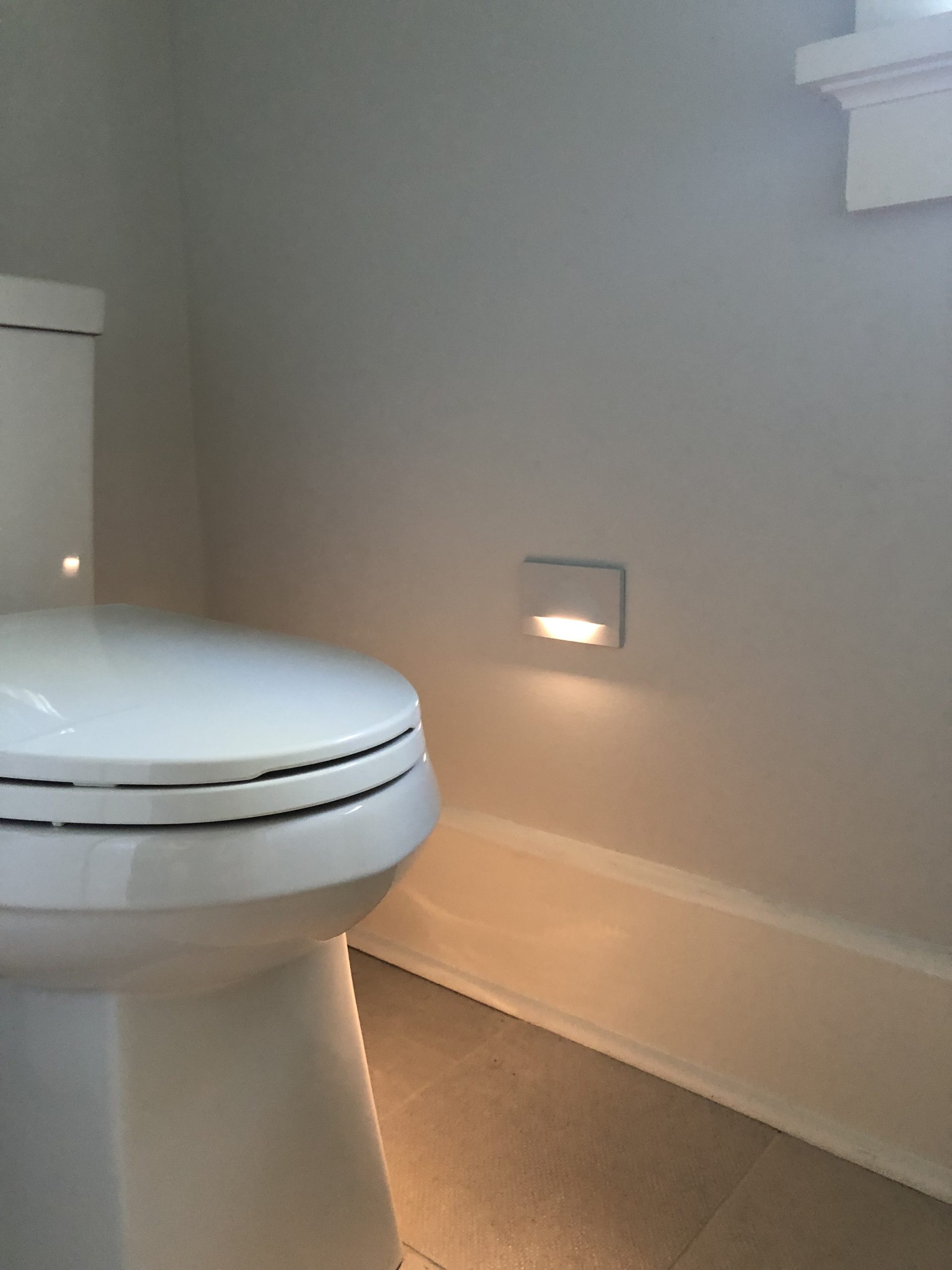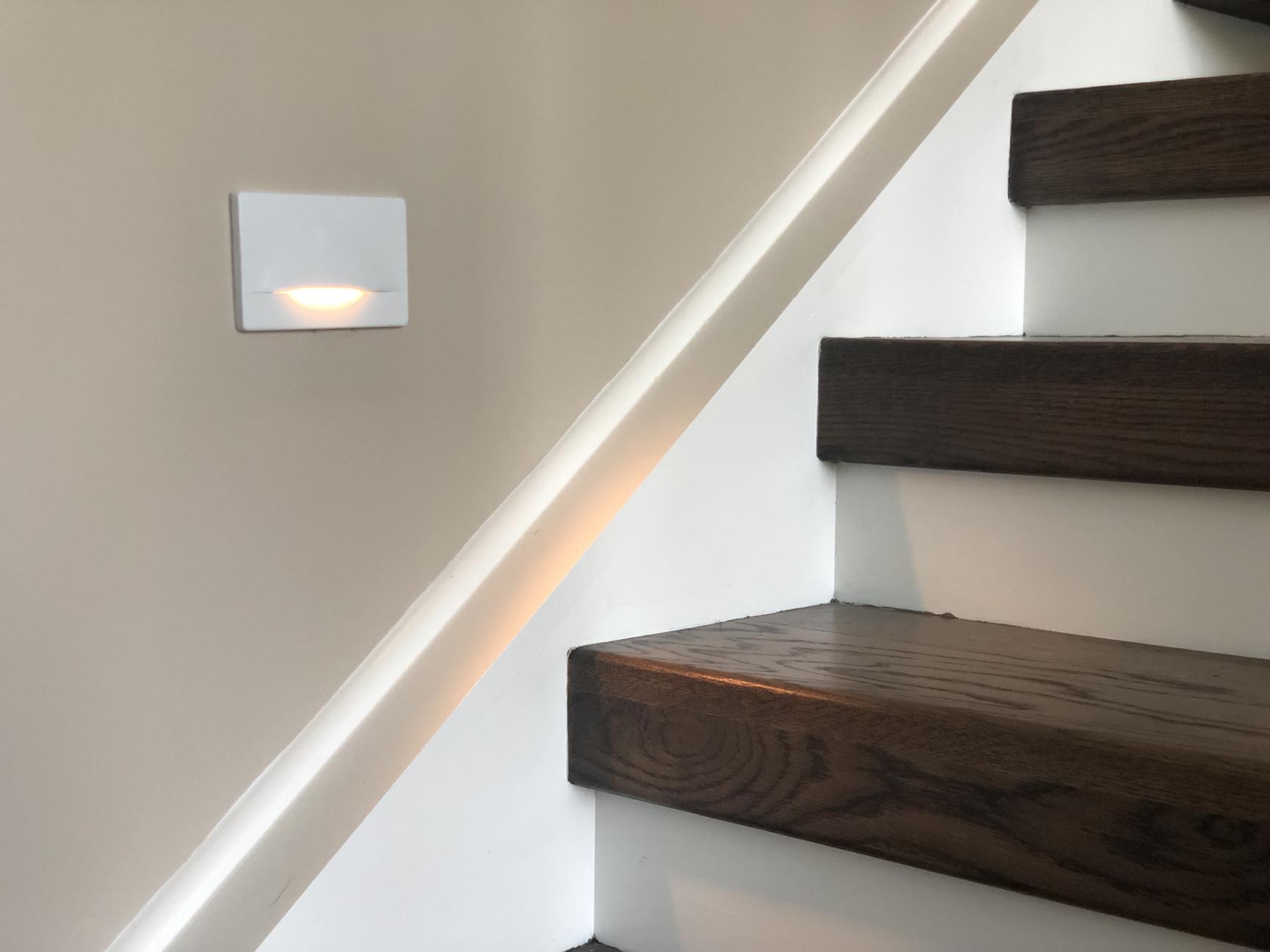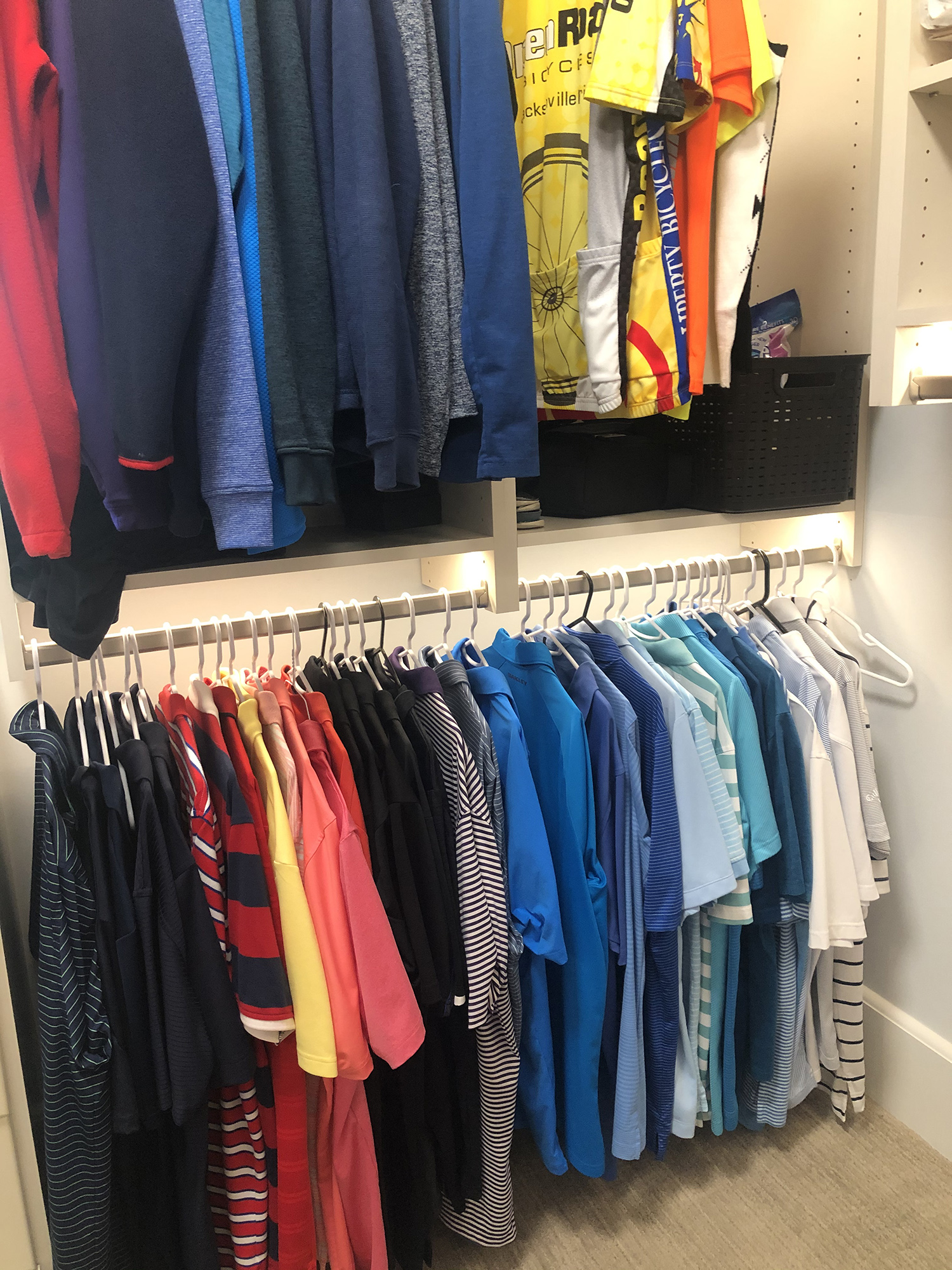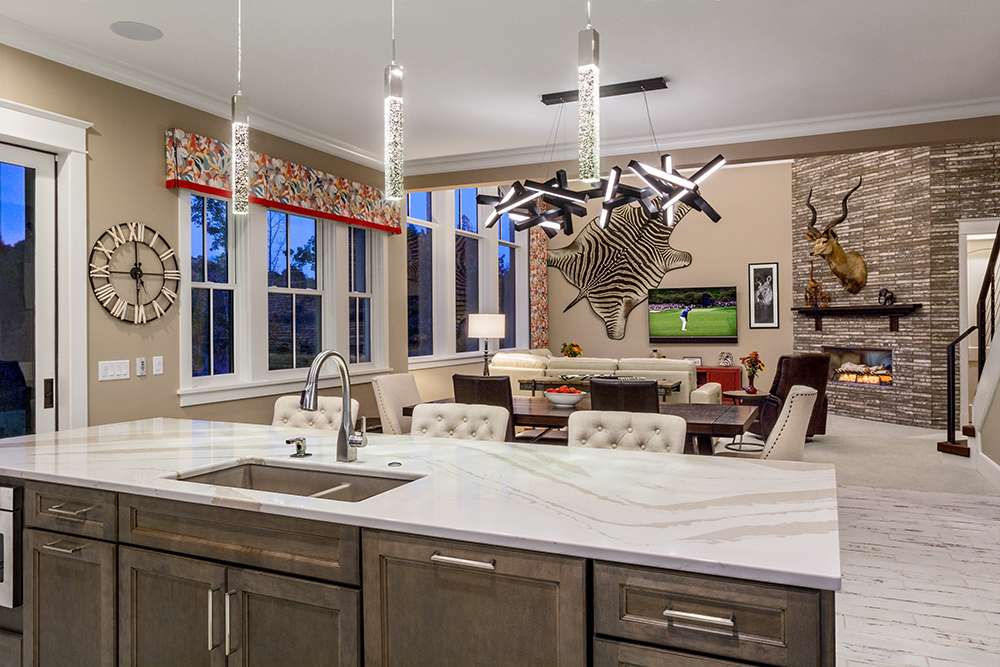There is an unfortunate phenomenon that happens to all of us as we age. The lens of our eyes thicken over time until suddenly everything seems dark. This thickening begins in our thirties and by the time we hit 60, we need six times as much light as a twenty-year-old.
The first thing folks notice as they age is that their arms shrink. Okay, it’s not really their arms, but small print becomes harder to see up close. You see folks trying to hold things far enough away to be able to read it. Not only does a thicker lens let in less light, it is less flexible, making it more difficult for the lens to contract and focus on things up close. These same aging adults can be seen at almost every restaurant on the planet trying to read the menu with the light from their cell phone. Pre Covid-19, high end restaurants carried a spare pair of “readers” for the 55+ buyers who had left theirs at home – hey, they knew their audience.
But what does reading menus have to do with designing for the 55+ buyer? Turns out, it’s not just menus that become hard to read, their houses have suddenly become too dark. What once was acceptable is no longer. Indeed, a poorly lit home can become downright dangerous for the 55+ buyer.
This is where thoughtful lighting comes into play. I don’t mean merely adding a ton of recessed can lights that are too bright, harsh, and unflattering to the people they serve. Let’s instead consider ambient, layered, accent, and way-finding lighting.
Ambient Lighting
Ambient lighting is the soft, diffused light that makes up the base of lighting in a room. This might take the form of cove lighting, illuminating an interesting ceiling.
Perhaps it’s the puck lights placed in the second row of glass upper cabinets. Under-cabinet lights serve double duty, creating ambient lighting for the kitchen.
The key to effective ambient light is that it bounces off walls or ceilings, giving rooms a warm glow with the harshness and glare of down lights.
Lamps can create ambient light when a white shade is utilized to diffuse the light. Wall sconces are also great sources of ambient light and can be quite dramatic when used below an arched or curved ceiling.
Task Lighting
The aforementioned under-cabinet light is a great form of task lighting for food prep in the kitchen. It is far superior to ceiling mounted lights that create shadows on the working service from either the upper cabinets or the cooks. Everyone is familiar with the desk lamp, once a “fixture” on every desk – before everything read came from a brightly lit computer screen. Hotels often mount reading lights at either side of the bed specifically for the task of reading from a book – not an electronic “blue light” electronic device.
What about the task of personal grooming? While every bathroom should have ample lighting that flatters, it is especially important in 55+ design. We do not want harsh light from above that only accentuates and exaggerate wrinkles. Bathroom task lighting is best when it comes at eye level, directly across from the user.
Accent Lighting
There are two types of accent light. The lighting that comes from a decorative light and light that is used to accent something in the room. Pendant lights are a great form of accent lighting. Incorporating LED lamps into decorative lighting has revolutionized lighting fixture with interesting geometry shapes and curves. These lights are often referred to as the “jewelry” of the home. And like jewelry, decorative lighting can be pricey.
The other form of accent lighting comes from lights that accents something in the home. A picture light that illuminates art hanging on the wall is a great example.
Perhaps it’s a mini recessed can above a glass vase in a recessed niche. We find this type of accent lighting more common in custom homes when we know which walls are meant for the fine art. But a recent trend in production housing is to create a wine display.
Notice the mini track lights in the bottom of the stair treads and recessed puck lights accent this dramatic wine display. Now that’s drinkable art!
Layered Lighting
While ambient lighting is the base, it is simply not adequate as the only lighting source, especially for the 55+ buyer. According to residential lighting expert Randall Whitehead, “There is no single light fixture that gives you everything you need to illuminate a room properly.” It is the combination of the above three types of lighting that create the joyful and functional space for the 55+ buyer.
The NEXTadventure Show House had lighting in the master bath that was an excellent example of layered lighting. The mirrors were back-lit, washing light over the sparkling wall tile while the decorative sconces provided the flattering task light at eye level.
A truly joyful space to start or end your day – because of the lighting!
Way-finding Light
Often only seen in commercial application are the step lights. But they should be including in every home designed for the 55+ buyer. But these way-finding lights are super practical in locations other than just the stairs. I love them in the toilet room for midnight trips to the loo. Or the owner’s entry off the garage or any dark hallway.
Finally, there is the LED lighting above the hanging in the closet. Perhaps it is not exactly way-finding light, but it can certainly help the 55+ buyer find their black pants in a sea of navy-blue ones. This is another must have lighting staple for every 55+ buyer.
In your own house, you may look around and wonder if your lighting is sufficient. Are you lacking in any of the four categories above? Perhaps your task lighting is too prominent, while your ambient lighting is lackluster. Creating a balance of lighting within a space might just be what your home is missing to give it the pop you envision.
This post was written by Housing Design Matters


